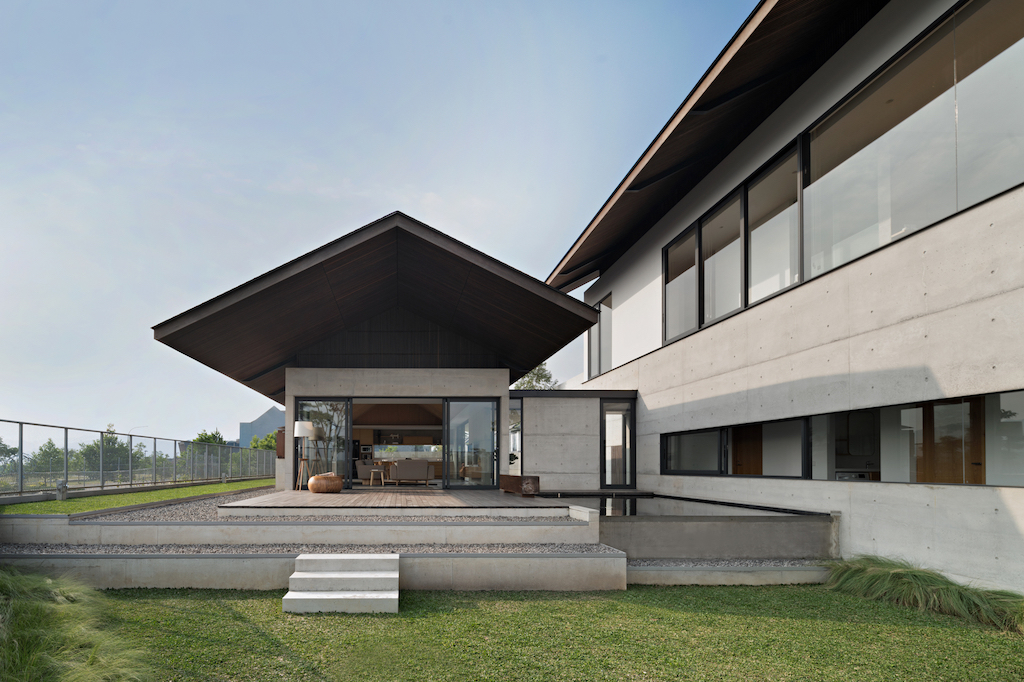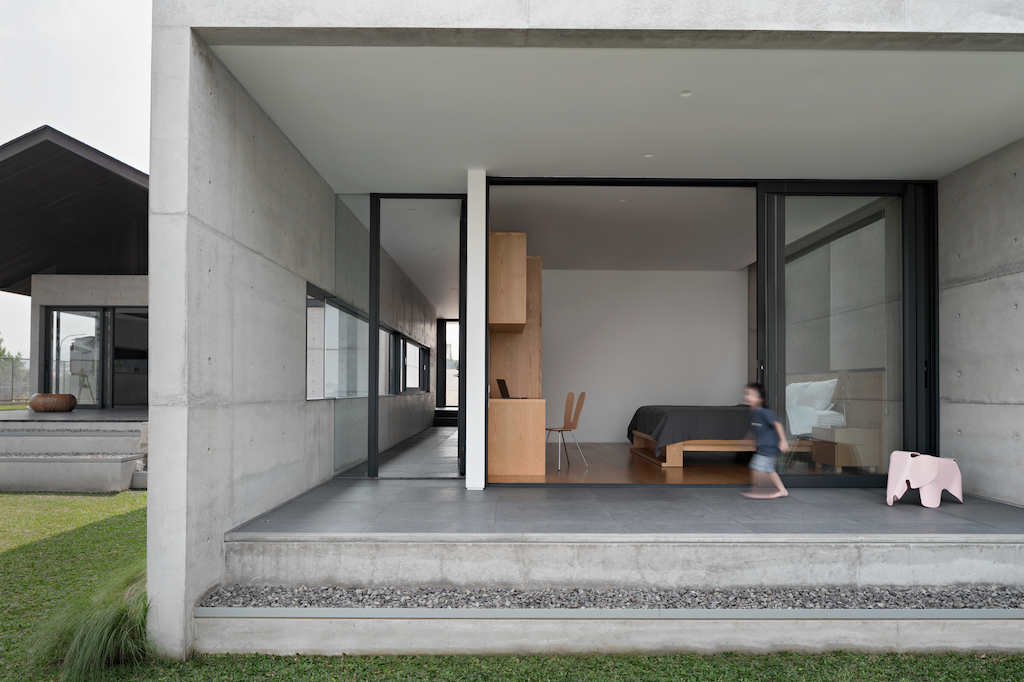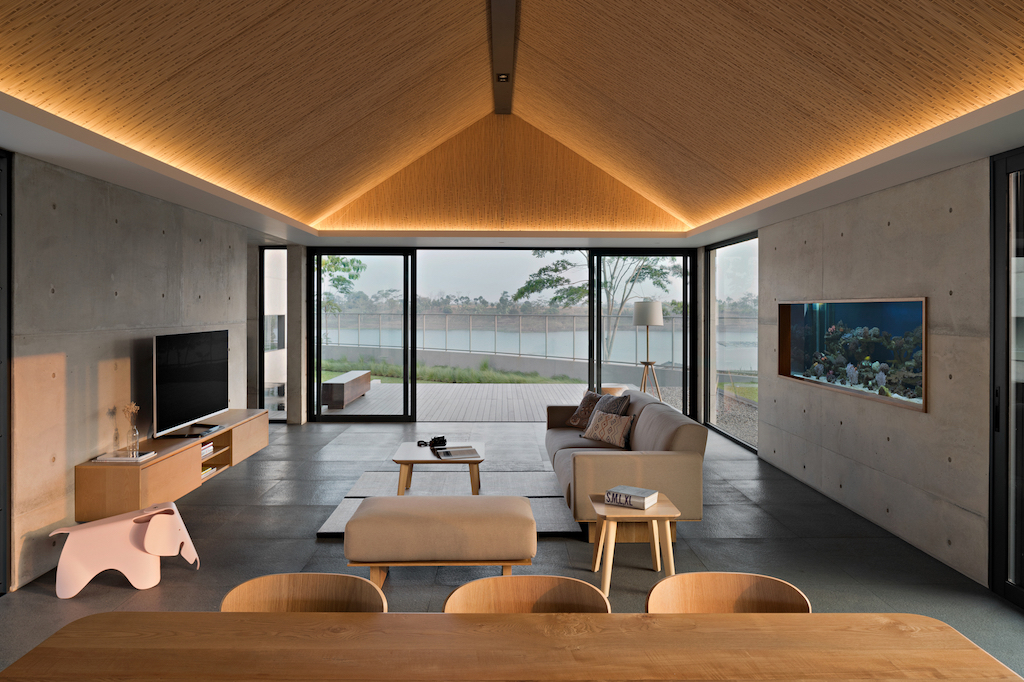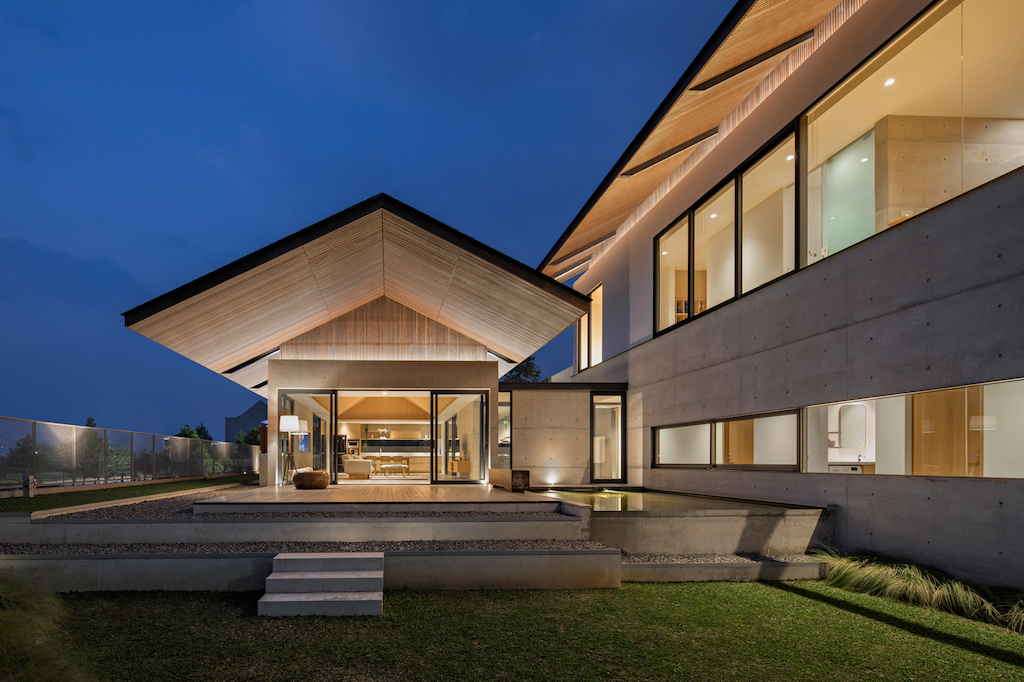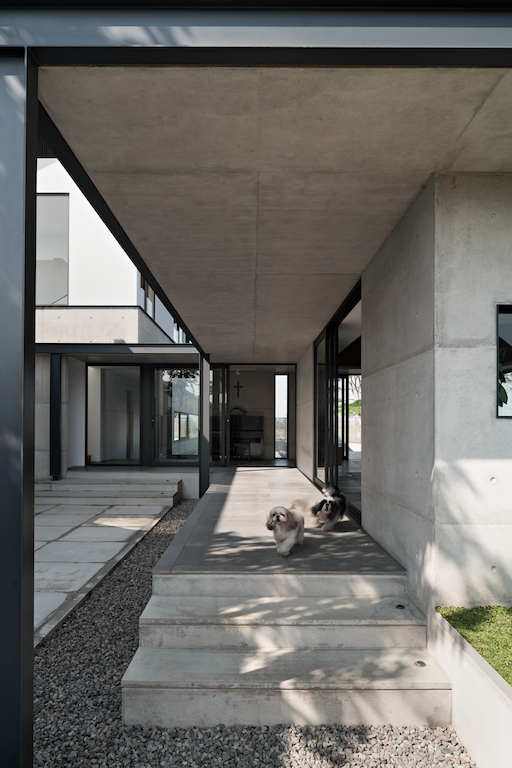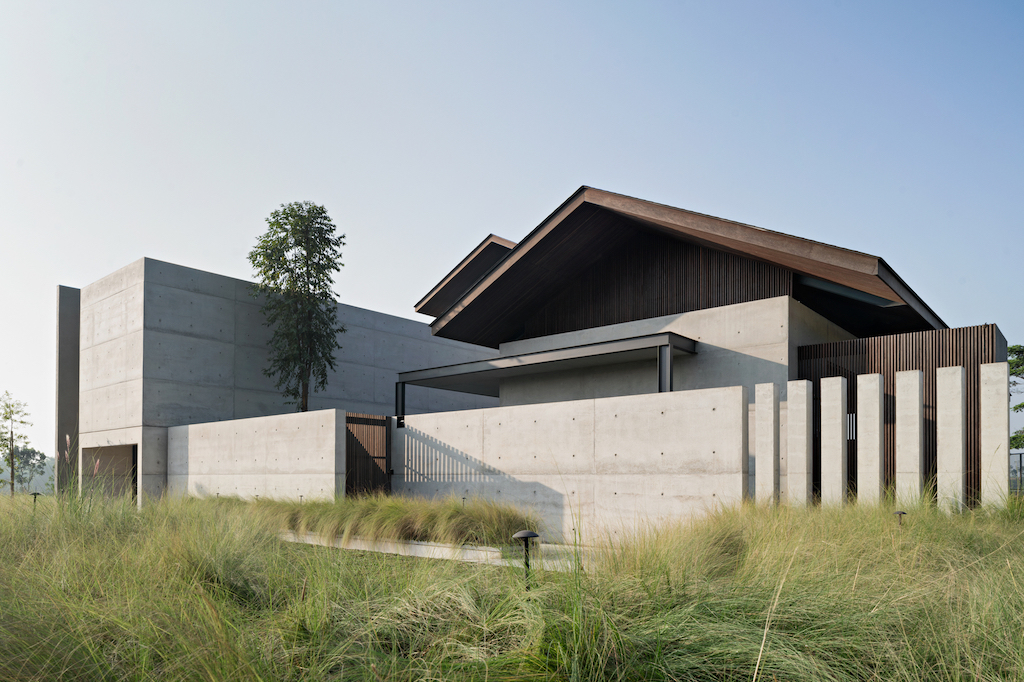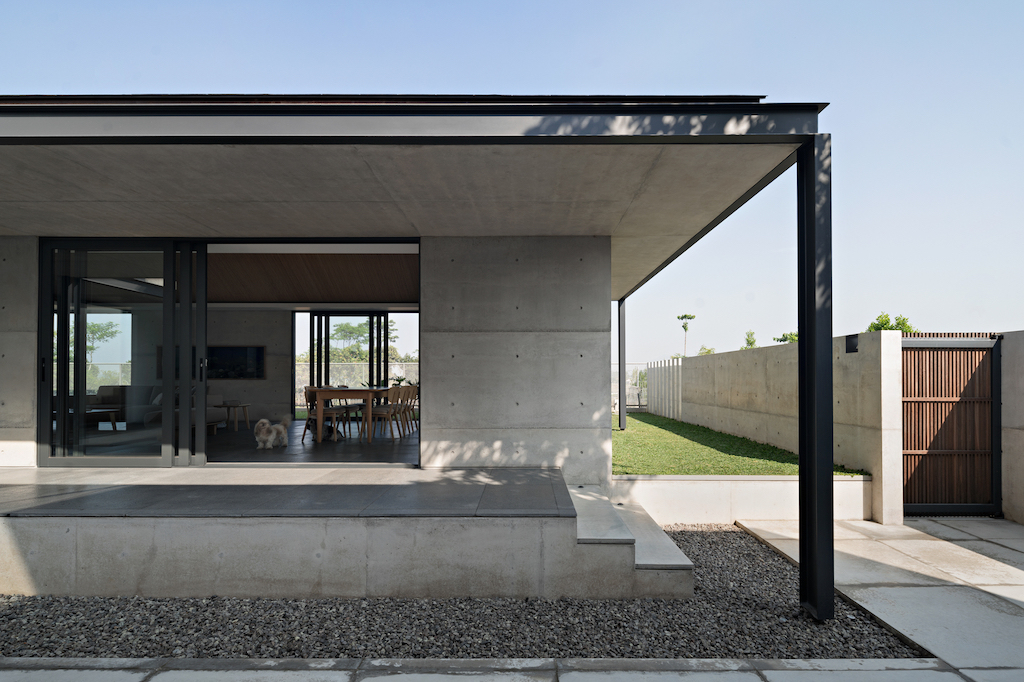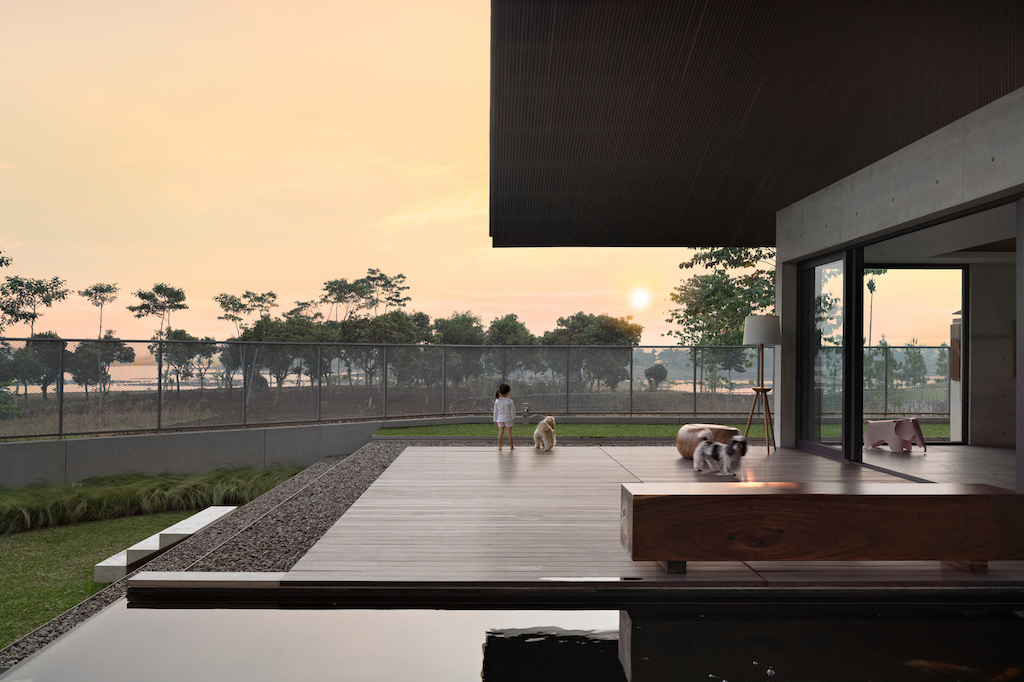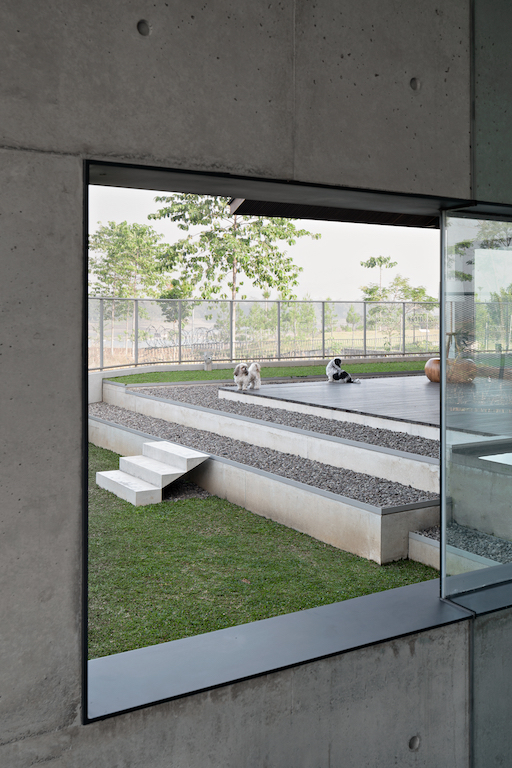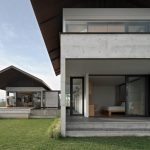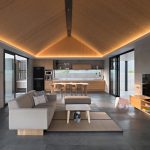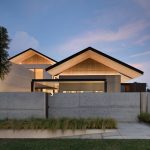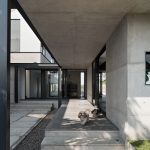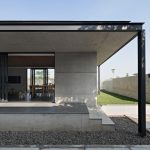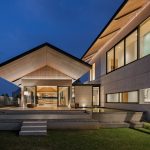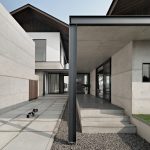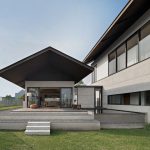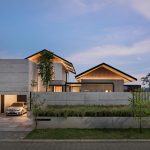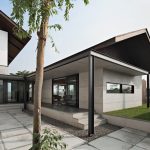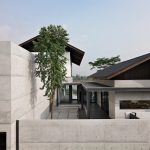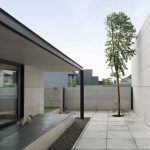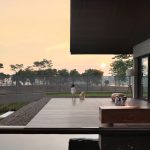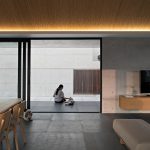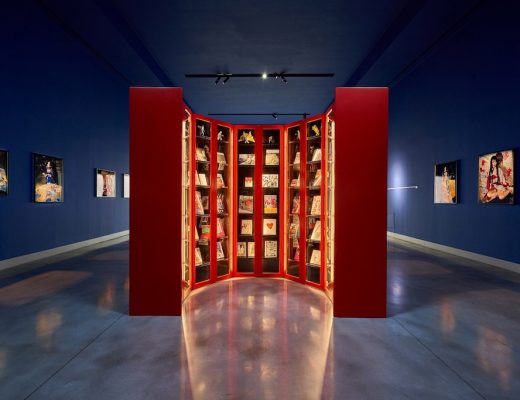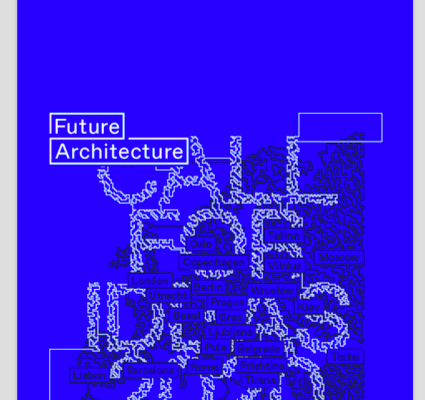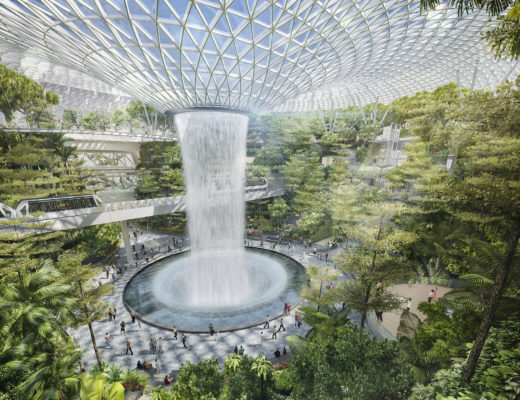Designed as a total retreat where one can disconnect from digital devices, Iyashi House stands out yet blends in with its environment. Designed by acclaimed Indonesian practice Pranala Associates, the 462m² residential property in Bandung is influenced by the Japanese philosophy of serenity, hence the name “Iyashi” which translates as an inner sanctum with natural light and picturesque surroundings. The only demarcation between the indoors and the outdoors is achieved via the use of tactile local materials.
The three-bedroom private residence by the team comprising architects Ronald Pallencaoe, Erick Laurentius, Darius Tanujoyo, and assisted by Bouw Atelier, is ensconced in a tony suburb overlooking the lake, and conceptualised as the owners’ retirement home and a place of gathering for their extended family and friends.
The house is gently concealed by perimeter walls, preceded by a short ascending walkway that is framed by alang-alang (Bhasa Indonesia for blady grass). The main entrance walkway leads to an interior courtyard, fitted with bespoke, pre-fab concrete tiles and embellished with a single evergreen tree. The architecture features a sharp juxtaposition of perfectly finished cast-in-situ concrete, matte steel supports and ironwood roof ceilings.
The striking Japanese-style roofs are accentuated by an inward offset from the buildings’ concrete walls and bolstered by a steel structure that enables their ‘semi-floating’ appearance and elongated overhangs. The overall design is composed of two south-facing, interconnected, pitched roof buildings running parallel to each other and a north-facing, flat roof, building containing service facilities and an open car garage. The overall sequence of spaces was environmentally optimised to fit the local Sundanese climate, minimising the need for constant maintenance and costly air conditioning.
The left building is a double-tiered private living quarters consisting of two guest bedrooms with shared bathroom facilities on the ground level and a master bedroom, en-suite bathroom and balcony on the second level. The right building is a single-tiered space consisting of an open plan kitchen, dining area and spacious living room that flows into an outdoor terrace and grass lawn. The terrace is crowned with a four-meter long, cantilevered overhang that frames the lakeside vista and generates a kind of funneling effect that draws the landscape into the house.
Furthermore, the relationship between indoor and outdoor in this instance is distinctly articulated through the shift from the earthy, pleasantly rugged, Andesite stone tiling the living room hall, to the massive terrace, decked with natural Ulin wood (also known as ironwood). This sets the tone for the project’s array of material compositions, carefully chosen and collectively set to age gracefully with hints of natural weathering over the course of time.
Of all design details and architectural elements conceived in this residence, the terrace is perhaps the architectural protagonist that captures the essence of the house and embodying modern Indonesian tropical living that blurs the boundaries between indoor and outdoor living.
This notion is further articulated by bespoke handwoven rattan panels by award-winning firm BYO Living that span across the pitched ceiling of the living and dining areas of the house.
See the full gallery here:
Photos: Mario Wibowo
You might also like:
Pranala Associates-designed house in Bandung optimises the interplay between light and architecture

